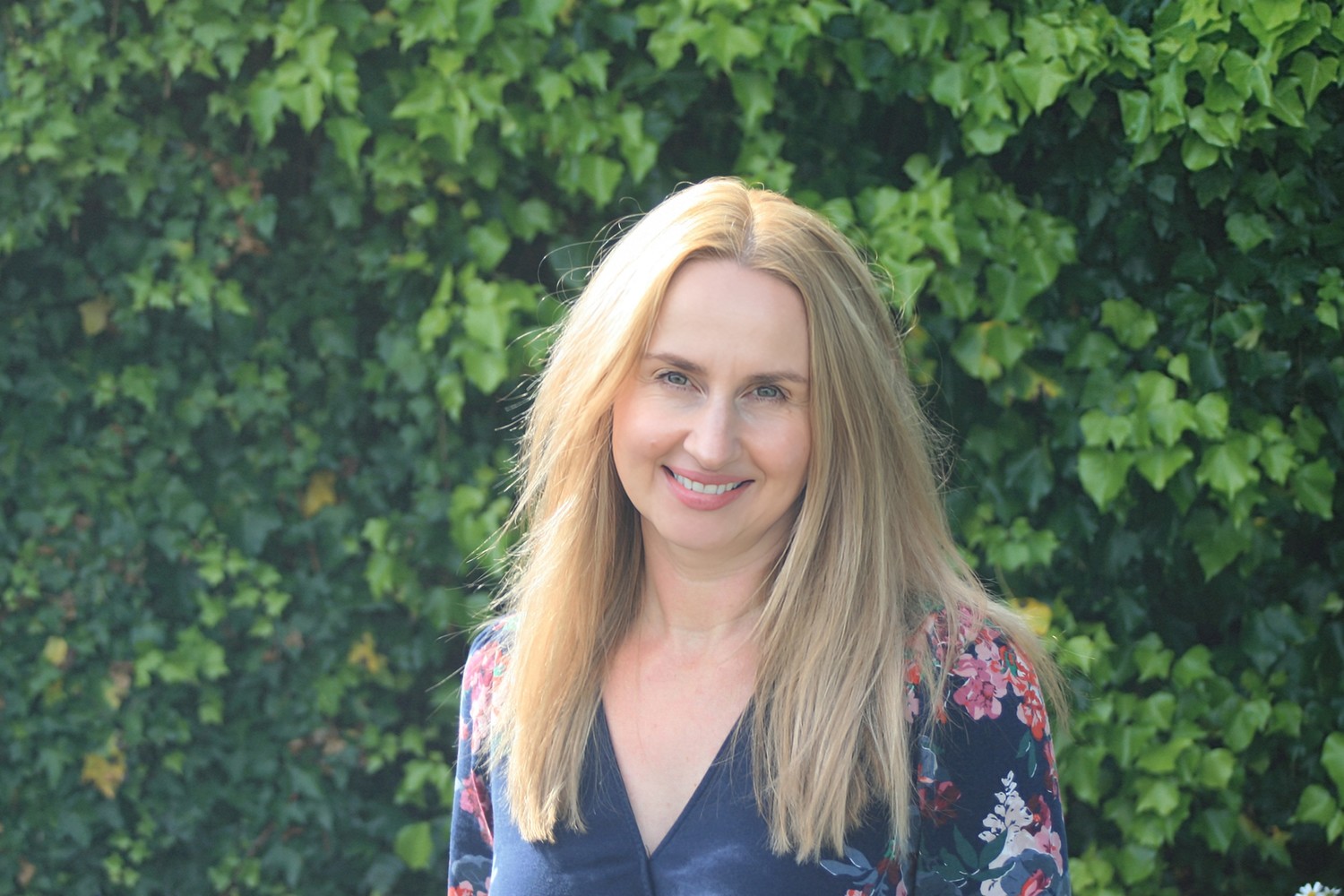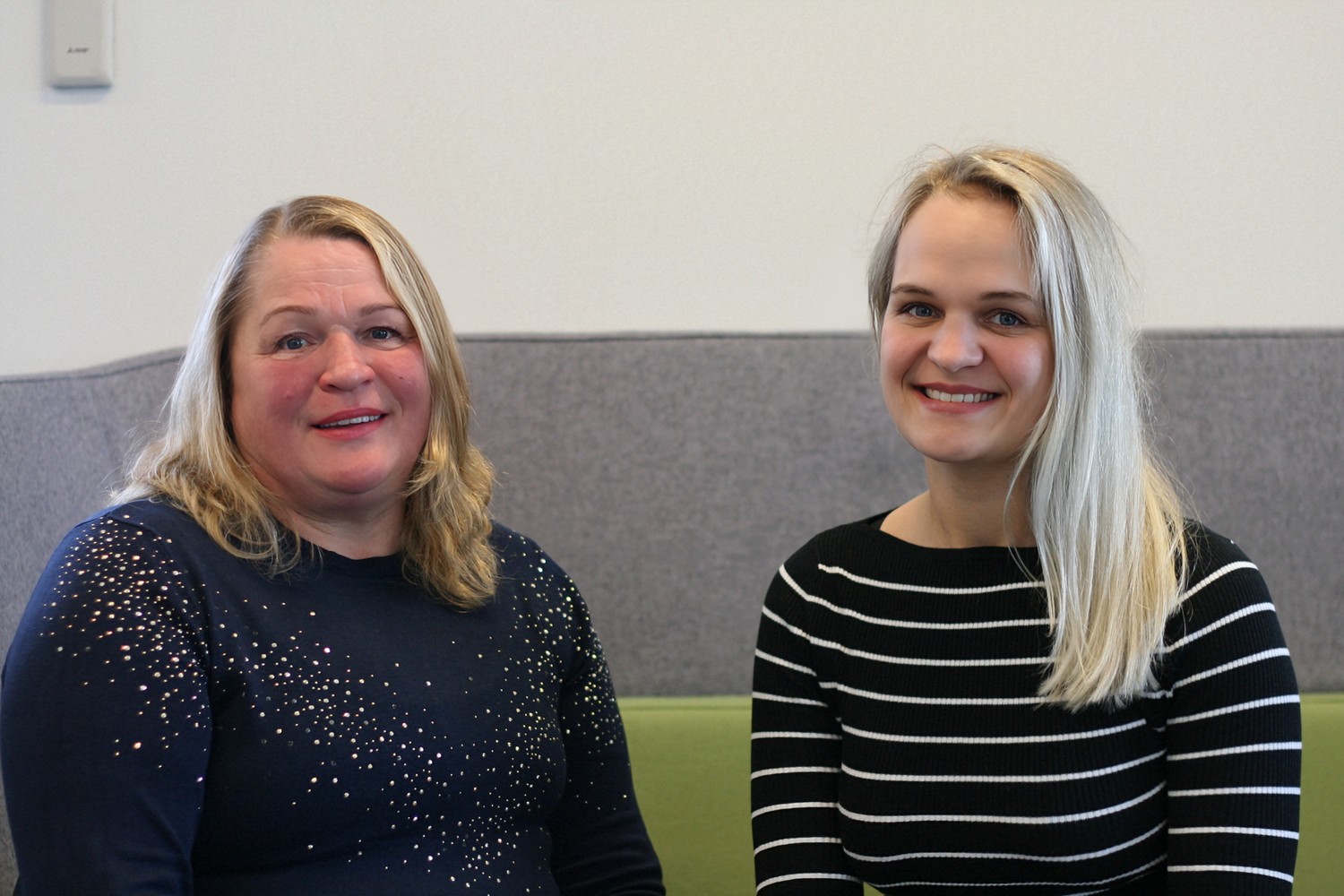Around 8% of Northern Ireland’s population is from an ethnic or minority background. Yet the north’s politics is still dominated by the unionist and nationalist divide. Luke Butterly speaks to leaders from three migrant communities to see how old divisions are impacting them.
====
When consultant anaesthetist Satyavir Singhal moved from Delhi in India to Northern Ireland more than 20 years ago, he encountered few people who looked like him.
“When I walked from the city centre (of Belfast) to the Royal (Victoria Hospital), I did not see one brown face, or one face from the other ethnic minorities,” he said.
“I thought: ‘Oh god, where have I come to?’ ”
Dr Singhal moved in 2000, two years after the signing of the Good Friday Agreement.
Over the last few decades, the number of people from a migrant or ethnic minority background in Northern Ireland has grown from 34,743 (around 2% of the population) in 2001, to 149,239 (around 7.84% of the population) in 2021, according to Census figures.
Dr Singhal said Northern Ireland’s changing demographics have been positive.
“Today at the operating theatre at the Royal, the only local person in the theatre was the patient,” he said.
“The rest, the surgeon, the anaesthetist, nursing staff, were all from ethnic minority groups.
“It has changed so much. Which is for the good. I think this is what we need for Northern Ireland.”
Largest groups
Polish migrants (23,862), make up the largest minority group in Northern Ireland, followed by Lithuanians, (11,879) and Indians (9,879), according to the 2021 Census.
Dr Singhal said Indian families have been migrating to the north since the 1930s, with some even moving from England to Northern Ireland in the 1970s.
“I asked those guys, why did you come at the peak of the Troubles?” he said.
“They said, these two communities were fighting so much, they didn’t notice us.”
Over the last 20 years, the number of Indians living in Northern Ireland has grown from 1,567 in 2001 to 9,879 in 2021.
Dr Singhal is chairman of the Indian Community Centre, which has been running since 1981.
The centre is based on an interface in north Belfast.
New migrants ask the centre for advice on housing and schools.
“People do ask us ‘is this a safe area or not?’ We advise them not to go near the flag areas,” he said.
He said that with relative peace in Northern Ireland, some migrants feared they would become the target of violence, fears which have been borne out by a recent rise in hate crimes.
Race hate crimes rose to 891 between June 2023 and July 2024 - the highest on record - according to police statistics.
“People were worried they would (now) be noticed, in the sense that people who are troublemakers, they always need something to do,” Dr Singhal said.
“If things are at peace, they find someone else to target,” he said.
A March 2022 report by MPs into the experiences of migrant and minority communities in the north found that, under the political system set up under the 1998 Good Friday Agreement, politics, policy and funding had “understandably, been largely dominated by so-called Green and Orange issues and maintaining peace”.
The report found that this approach could “marginalise minority ethnic and migrant communities often seen as ‘other’ ”.
Dr Singhal said although the Indian community has a good relationship with their Catholic and Protestant neighbours, they have missed out on government funding because they do not fit on either side of the main religious divide.
“We applied for funding for this building. We did an application, as part of the north Belfast cluster,” he said.
“The Orange Hall got the money, the (Catholic) church got the money, all others got the money, and we got zero. How do they justify this?
“I called two (government) ministers (to complain), but nothing happened.
“They just want to distribute the money among themselves.”
Polish migration
Over the last 20 years, the number of Polish migrants in Northern Ireland has grown from 99 in 2001 to 23,862 in 2021, according to Census figures.
Many Poles came to the north after Poland joined the European Union in 2004, giving them the right to live and work in the UK.
One of those citizens, Gosia O’Hagan (44), moved with her former boyfriend from Gdansk to the village of Kilrea, Co Derry, in 2006.
She said the initial move from a city to a small rural village was a shock, but she was keen to settle in.
“Most of all, I loved the people. And I think it's the people that made me feel like I want to stay here, to learn more about the place,” she said.
Ms O’Hagan later married a man from Northern Ireland and had three children.
She now works as an ethnic minorities support worker at the Building Communities Resource Centre in Ballymoney, Co Antrim.
Like many Polish migrants, she initially thought she would return to Poland after a year or two.
“And then children come along. And you thought, let the children finish primary school. And then, let them finish secondary school, and let them go to university,” she said.
“And all of a sudden, you are here 20 years.”
She said navigating the political divisions in Northern Ireland has been tricky for many migrants.
“I thought, you know, the Good Friday Agreement, people moved on,” she said.
“But they haven't, it's still a very live topic.
“And it was quite shocking and quite sad for me to notice and realise how deep in people's lives those differences are.”
She said many migrants end up inadvertently becoming part of one of the two main communities because of where they live, who they marry, or where their children go to school.
“My husband, he's Irish," she said.
“My children go to a Catholic school, so by default, I'm associated with one side more than the other. But how much is it my choice? I don't know anymore. It's something that I wasn't prepared for.”
Almost 10% of Polish children living in Northern Ireland identify as Irish, British, or Northern Irish, compared to 3% of adults, according to the 2021 Census.
“My children would say they are from Ireland,” Ms O’Hagan said.
“If you ask my cousin's children, they would say they're from Northern Ireland. So I think it depends, where do you end up being put.”
Ms O’Hagan said that the north’s politicians largely ignore migrant votes.
“Not many parties, even at this stage, reach out to ethnic communities,” she said.
“The landscape has changed so much, even in the last 20 years, ethnic communities are no longer, you know, 0.5% (of the population).”
Ms O’Hagan said the UK’s exit from the European Union in 2020 represented a real challenge for many migrants.
“Brexit was one of those moments that, for many of us, was like someone punched you in the face,” she said.
“We were doing so well, we weren't causing any trouble, and all of a sudden they are saying to us: Go home.
“I felt part of this place, but Brexit reminded me that I'm not. It was a bitter moment.”
Ms O’Hagan said discussions around Northern Ireland’s constitutional future have largely ignored migrants.
“They don't feel included,” she said.
“Do they talk about that? I'm not sure they are aware of it, to be honest.”
The Lithuanian community
Justina Cesnauskiene was 12 when she moved with her family to Dungannon, Co Tyrone, from the Samogitia region in Lithuania in 2006.
Her father had moved to the town two years earlier, along with other migrants, to work for a concrete company.
“We came here for holidays, and are still here 17 years later,” she said.
Dungannon is Northern Ireland’s most diverse town, with a third of the population born abroad.
Several major manufacturing, engineering, and food processing businesses are based in the town.
In 2010, Ms Cesnauskiene’s mother Irma Jonutiene set up Spiečius - meaning hive, or swarm of bees - a group showcasing traditional Lithuanian dress and dance.
Ms Jonutiene said it was important to showcase Lithuanian culture in Northern Ireland, and for migrants to retain their links with home.
“We decided we needed to do something and show Lithuanian culture, and the traditions we have,” she said.
Ms Cesnauskiene added: “We're living from a very young age with dance - my mum, myself and my two other sisters - it is like it was in our blood.”
The group performs around Northern Ireland, including each year at the Belfast Mela festival.
Ms Cesnauskiene said the group receives “so many invitations”.
“And not only for Northern Irish people, but also for the people from different countries, like Polish people, Indians, and so on,” she said.
“And then you get connections, and you go to each other's communities.”
She said when she first moved to Dungannon, there were few migrants in her class.
“I think when we moved here, it (the religious divide) was very strong, and especially on the 12th of July, you know, it was mad,” she said.
“The bonfires, the people would go and drink and all that.
“And if they would see the immigrants it would be, you know…
“We were always in the house at that time, on that day, because it was not safe.”
But things improved in the years since, she said. She has been invited to, and attended, local bonfires with her young children.
“It's like an event now you know, let's go watch,” she said.
“It's more safe now than it was years ago.”
During her time living in Dungannon, she has seen huge demographic changes.
“People see the children coming into their school are different, they're from different countries, and they don't care. They're more accepting,” she said.
“Now (Dungannon) it's very mixed. There's not anymore just Catholic or Protestant, black or white. It's mixed.”
 By
By



